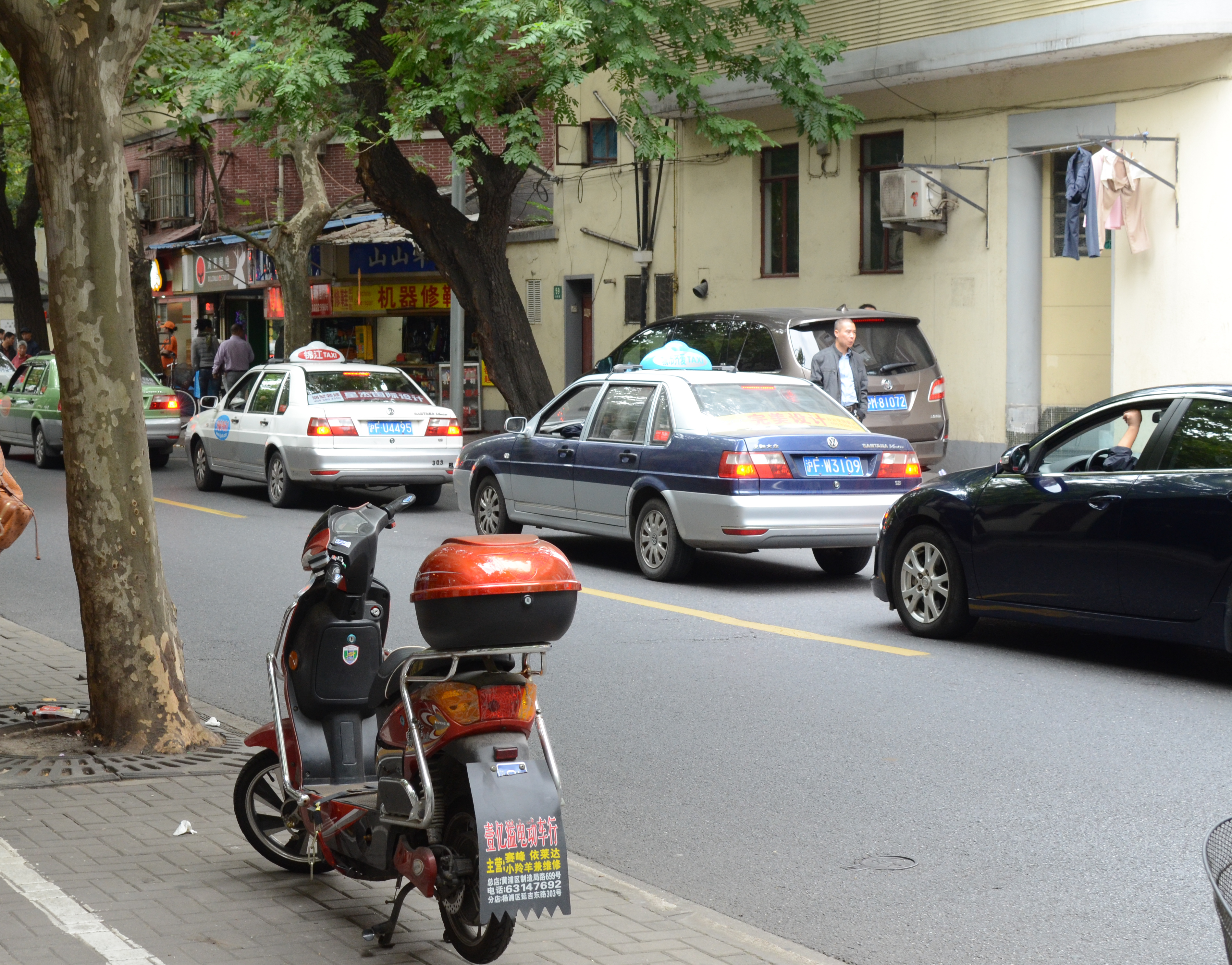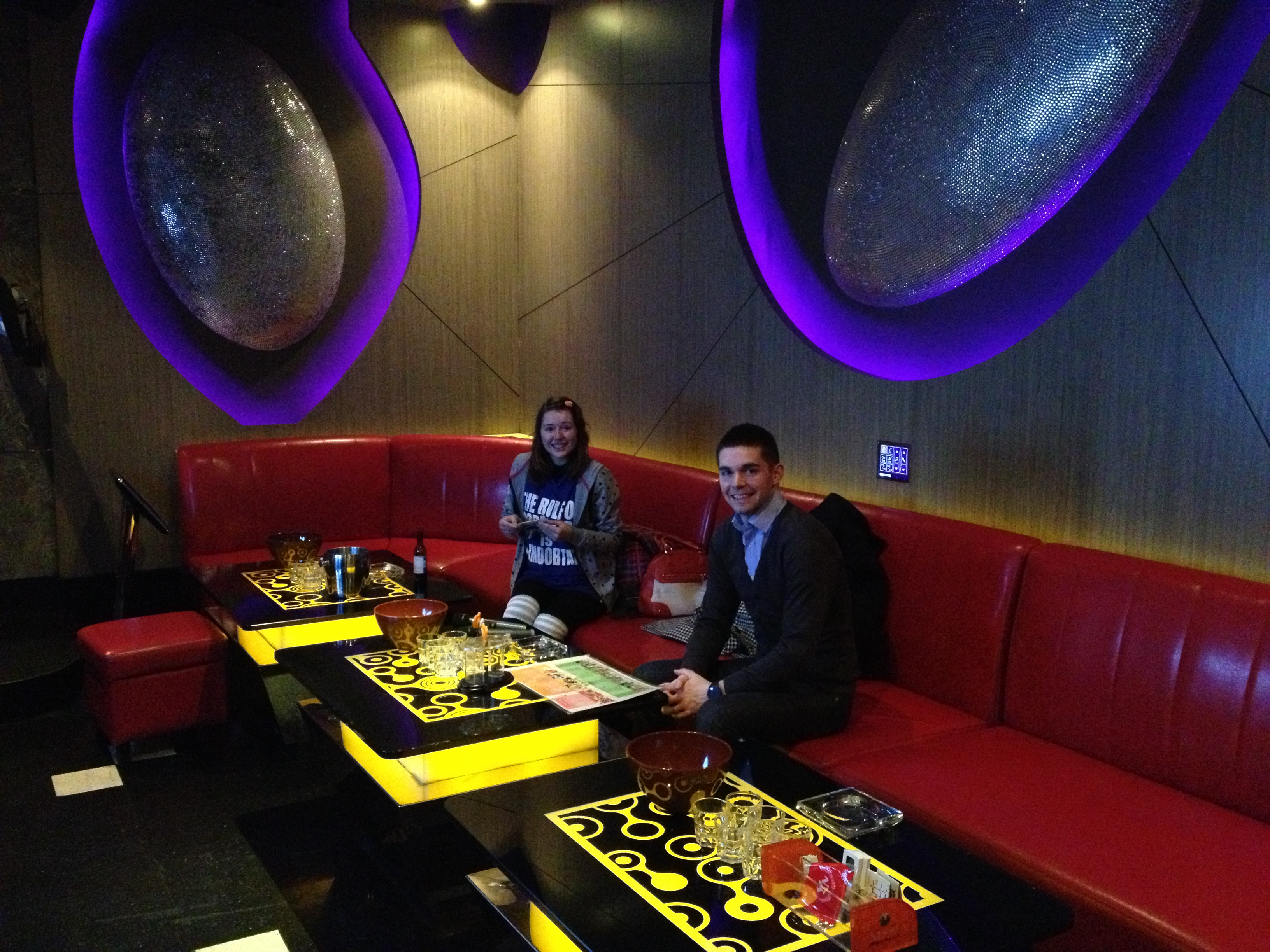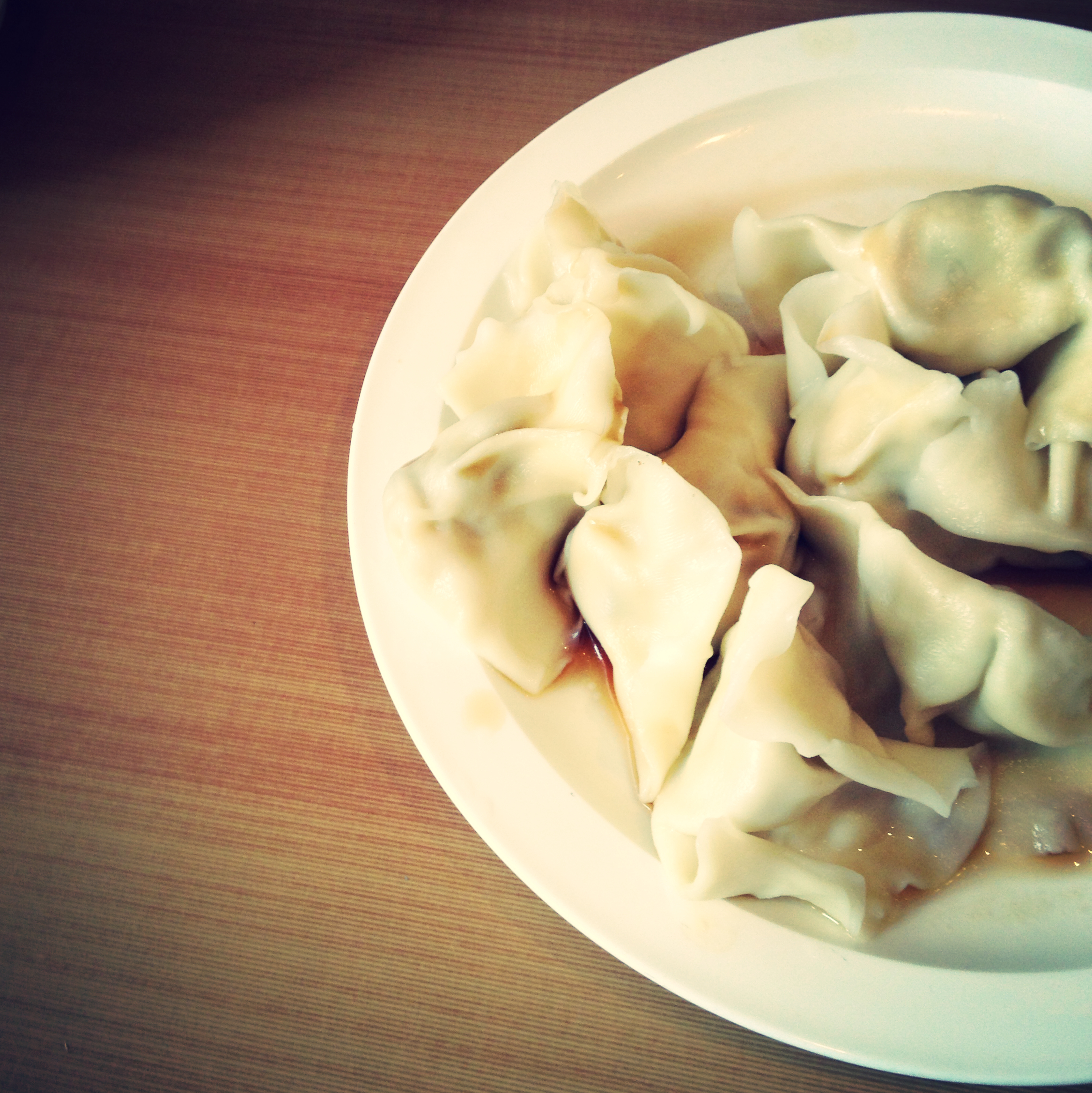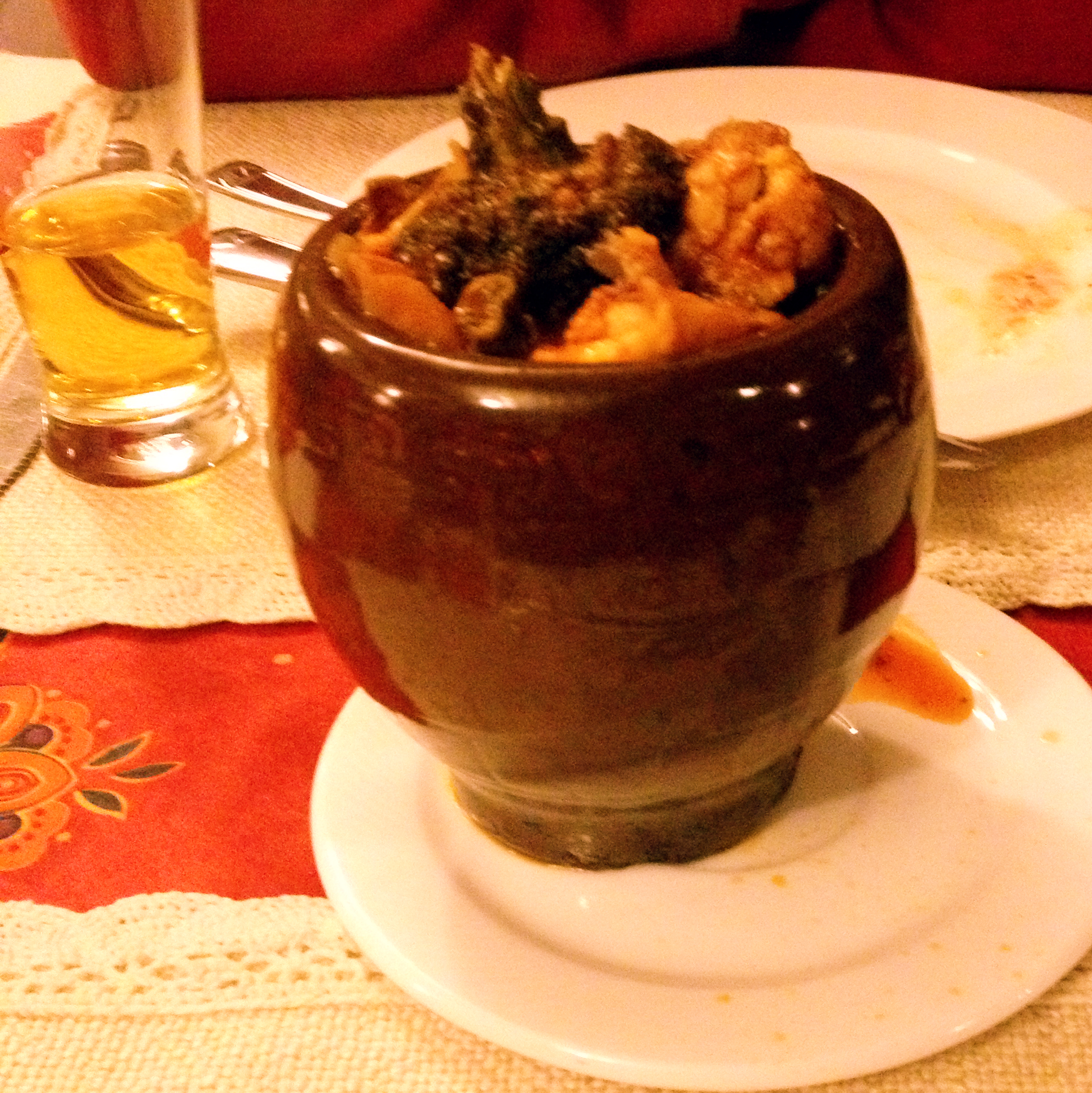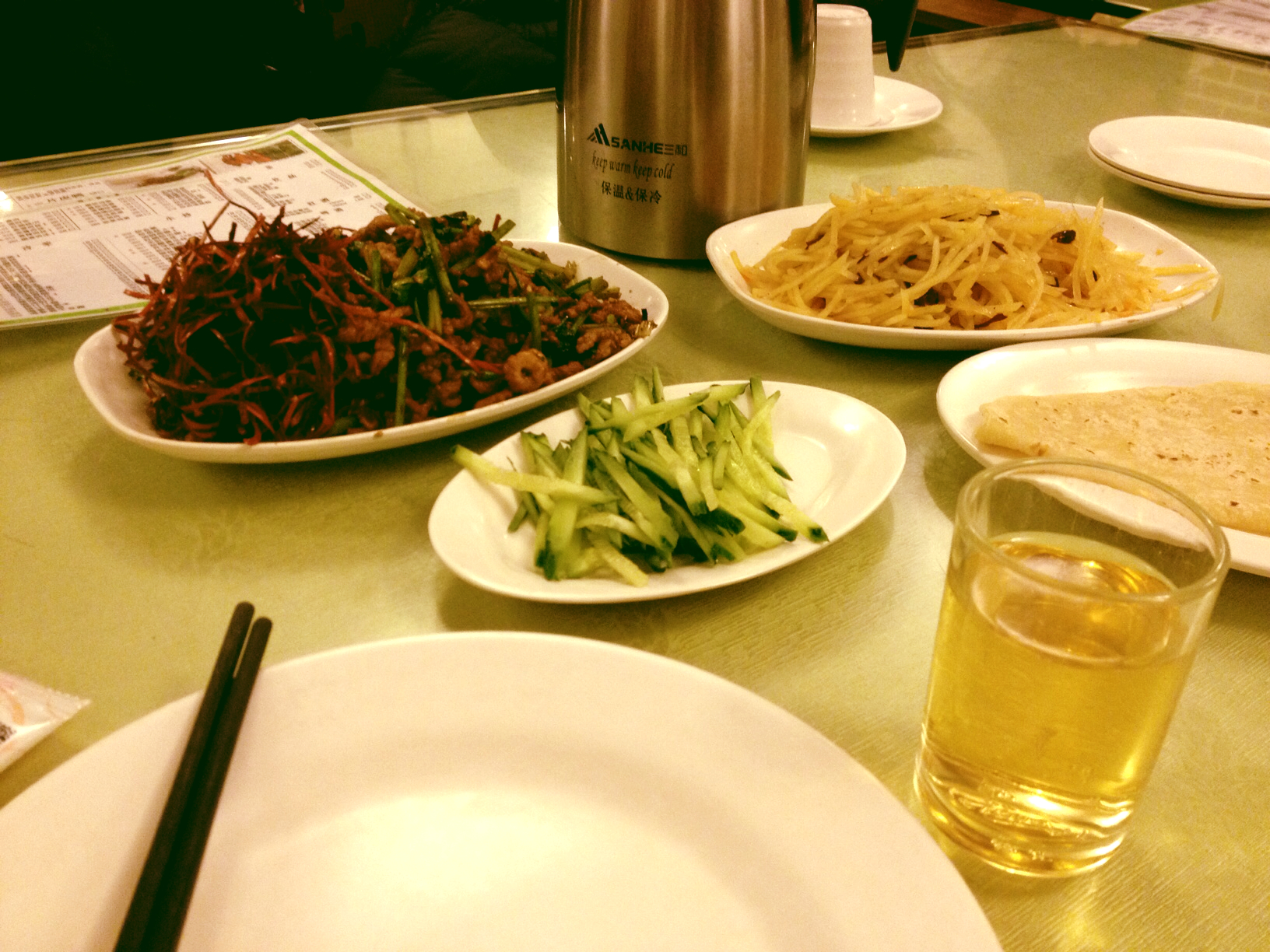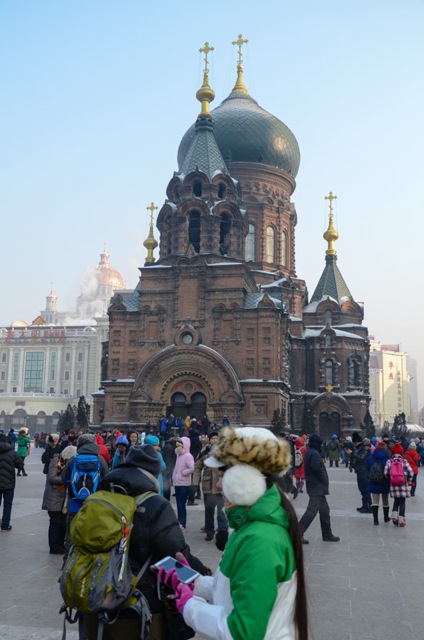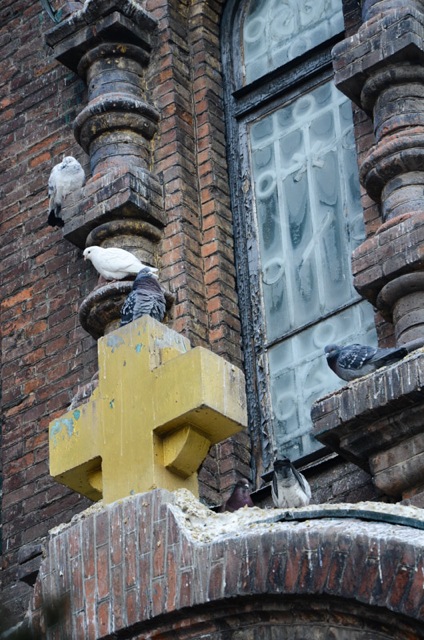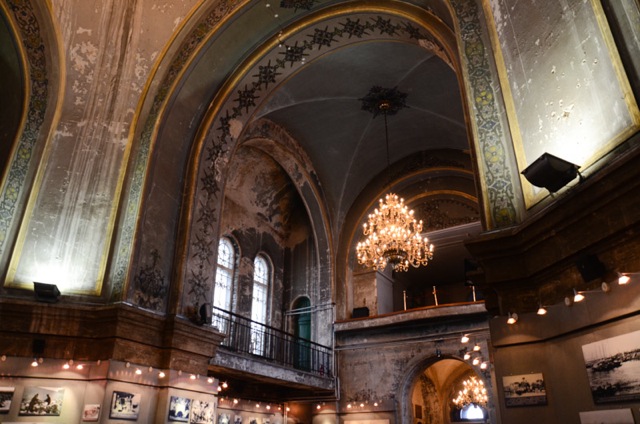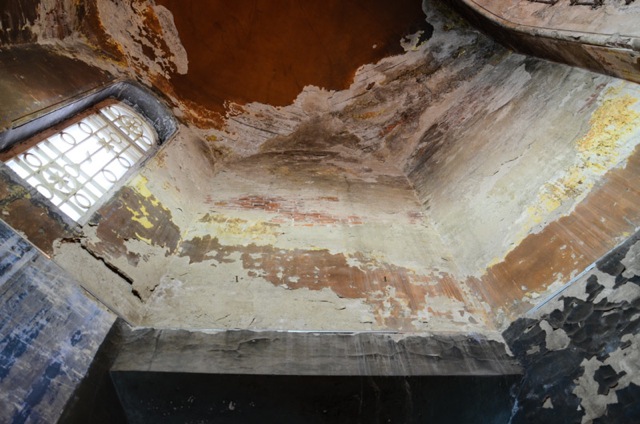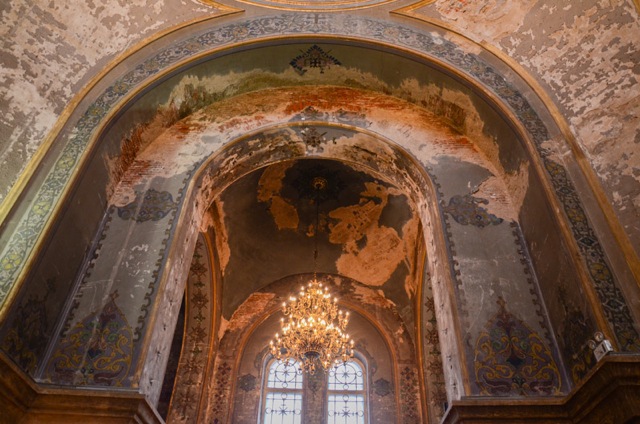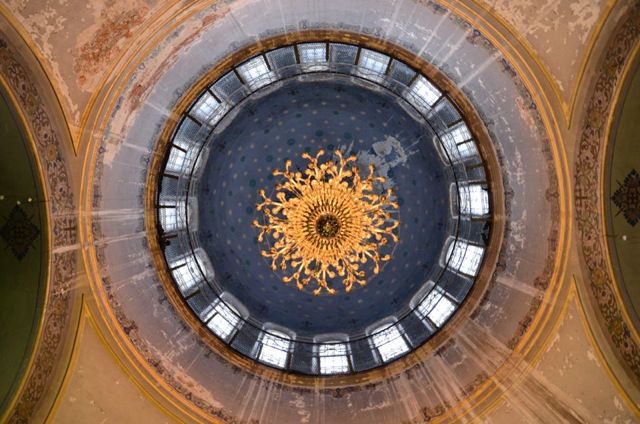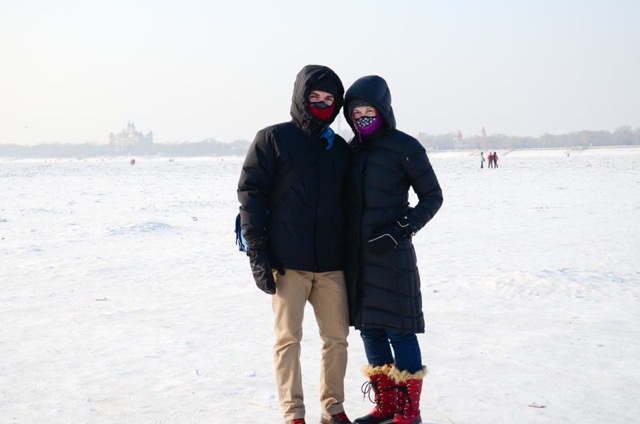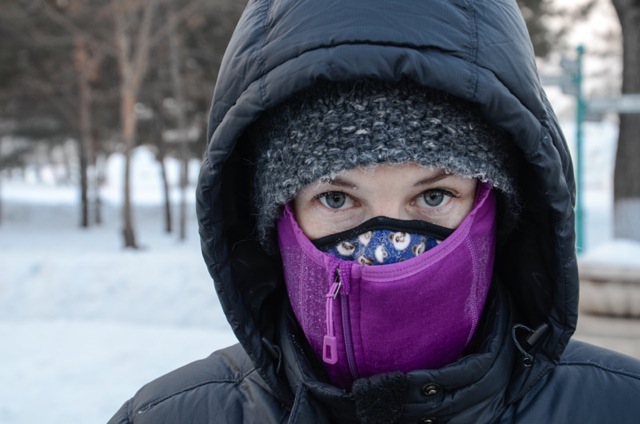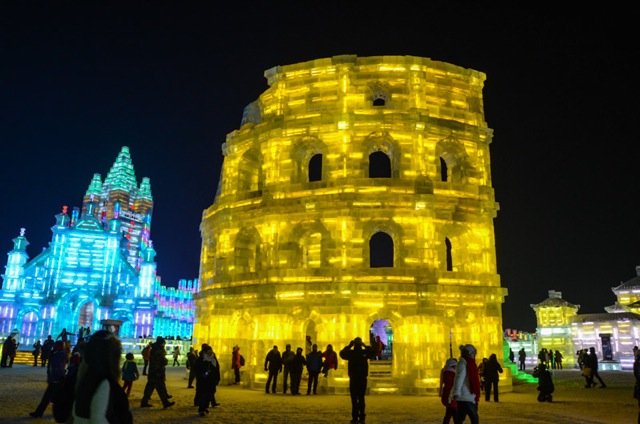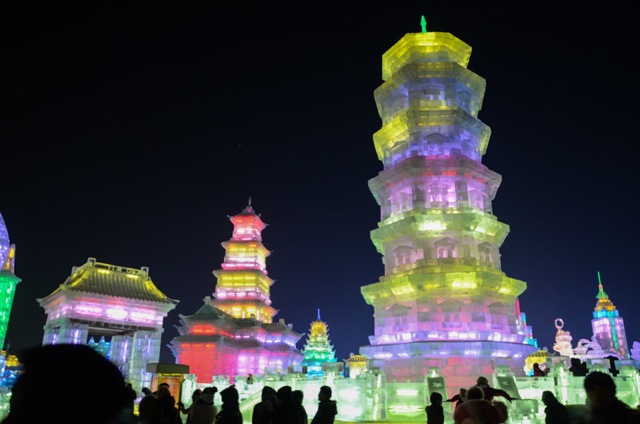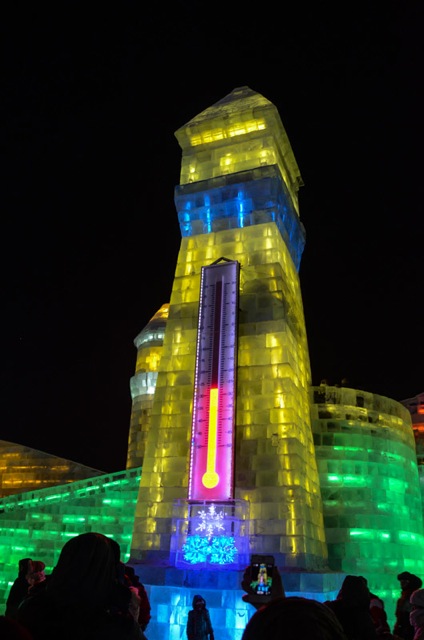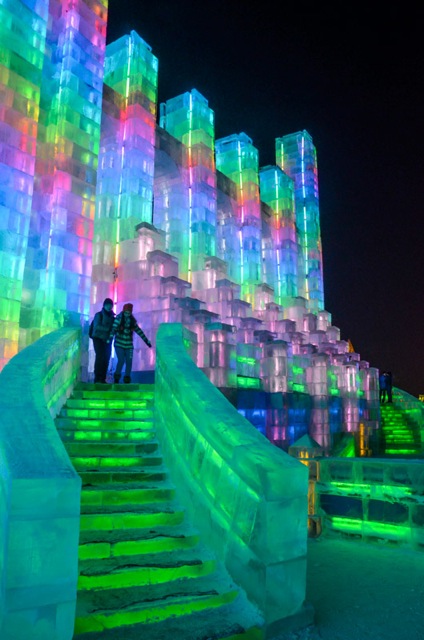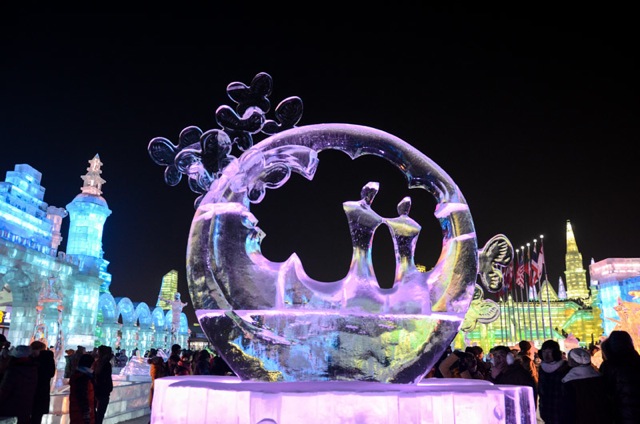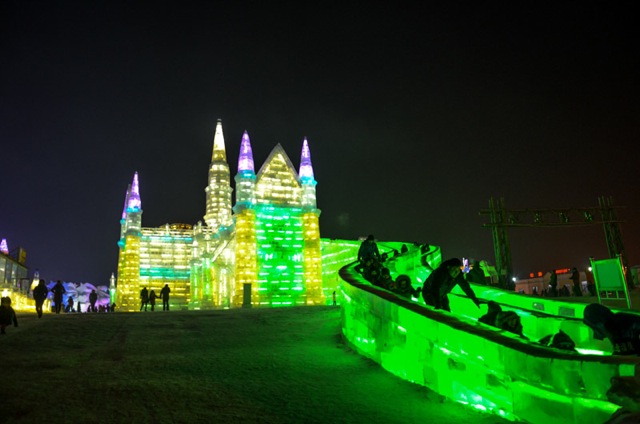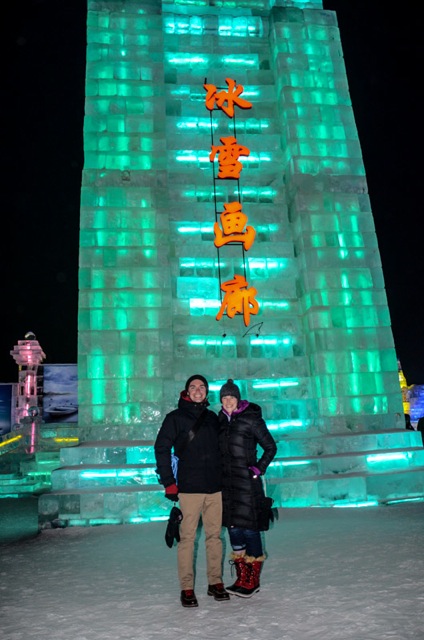Tea Ceremony/English student
You'll be approached in a tourist spot (this is very common in People's Square) by someone claiming they are an English student at a local university. Then comes the hook. The "student" will ask if you would mind helping them practice their English. In exchange, they will offer to treat you to a traditional Chinese tea ceremony. After your new friend orders snacks and tea, they will excuse themselves. The bill will arrive shortly after and you will be forced to pay the exorbitant cost of the meal.
There are some actual students who may approach you to practice English. Just let them know you will be picking the location.
Dropped Metro Card
This trick that has gotten many Shanghai newbies. The taxi driver will "accidentally" drop your transportation card as he attempts to hand it back to you. The taxi driver likely saw that you had a lot of money on your card and dropped it by his feet to quickly switch it for an empty one. An easy way to circumvent this dupe is by placing a sticker or other identifying marker on your card to confirm the correct one is handed back to you.
Black Taxi
As much as I complain about Shanghai taxis, only use the official ones. If a car (usually a black car that looks nicer than usual taxis) pulls up next to you and the driver asks where you want to go, or simply says "taxi?", you should walk away. These unmetered "taxis" seek out foreigners and charge outlandish fares, or worse.
Pickpockets
If you are hanging out on Nanjing Lu or other tourist spots, be on the lookout. Typically, a single man or a pair of women with babies strapped to their chests approach you from behind, unzip your bag, and make off with anything inside (many a friend has lost an iPhone this way). Remember to keep your bags in front of you and do not place valuables in your back pocket.
KTV
This con is mostly directed at men visiting Shanghai. If some pretty Chinese girls randomly ask if you want to go to KTV, the correct answer is NO. It's not uncommon for girls to find naive foreigners to go out drinking with them, run up a huge bill and then leave you to foot it. Generally speaking, any time you are going to a bar with strangers, you should always pay for drinks as you go. Running up a bar tab with people you don't know can be a dangerous exercise.
As with most things, if it seems too good to be true, it probably is. While most of these schemes will only result in a loss of your money (and perhaps dignity), many of them can become dangerous if you refuse to pay. If you find yourself in one of these situations, it is often best to pay the bill and then dial 110 for the police or 962288 for bilingual assistance. You should also follow up directly with your credit card company to quickly dispute the charges. Overall, I feel much safer in Shanghai than I did in large cities back in the US, however, all big cities come with some level of crime. It's best to be aware of the types of crimes you may encounter.


